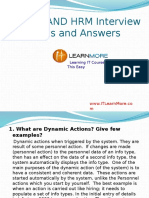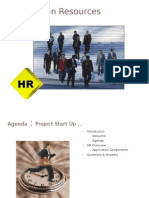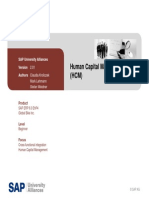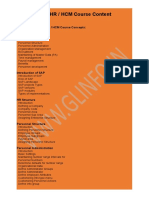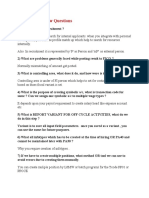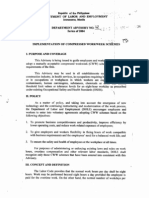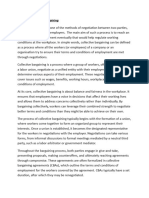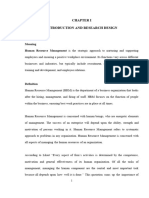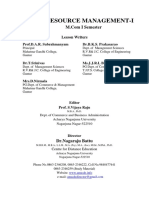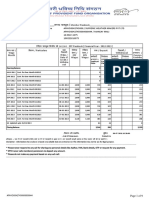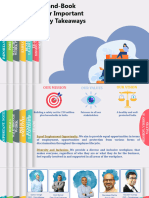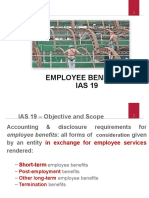0% found this document useful (0 votes)
25 views40 pagesSAP HCM Overview On Basic Concepts of Core Module
The document provides an overview of SAP HCM, detailing its core modules such as Organizational Management, Personnel Administration, Payroll, and Time Management. It describes the structure of HR elements including clients, company codes, personnel areas, and various employee classifications. Additionally, it outlines important infotypes and processes related to organizational management, personnel administration, time management, and payroll functionalities within SAP HCM.
Uploaded by
sanghitanath2022Copyright
© © All Rights Reserved
We take content rights seriously. If you suspect this is your content, claim it here.
Available Formats
Download as PPTX, PDF, TXT or read online on Scribd
0% found this document useful (0 votes)
25 views40 pagesSAP HCM Overview On Basic Concepts of Core Module
The document provides an overview of SAP HCM, detailing its core modules such as Organizational Management, Personnel Administration, Payroll, and Time Management. It describes the structure of HR elements including clients, company codes, personnel areas, and various employee classifications. Additionally, it outlines important infotypes and processes related to organizational management, personnel administration, time management, and payroll functionalities within SAP HCM.
Uploaded by
sanghitanath2022Copyright
© © All Rights Reserved
We take content rights seriously. If you suspect this is your content, claim it here.
Available Formats
Download as PPTX, PDF, TXT or read online on Scribd
/ 40











